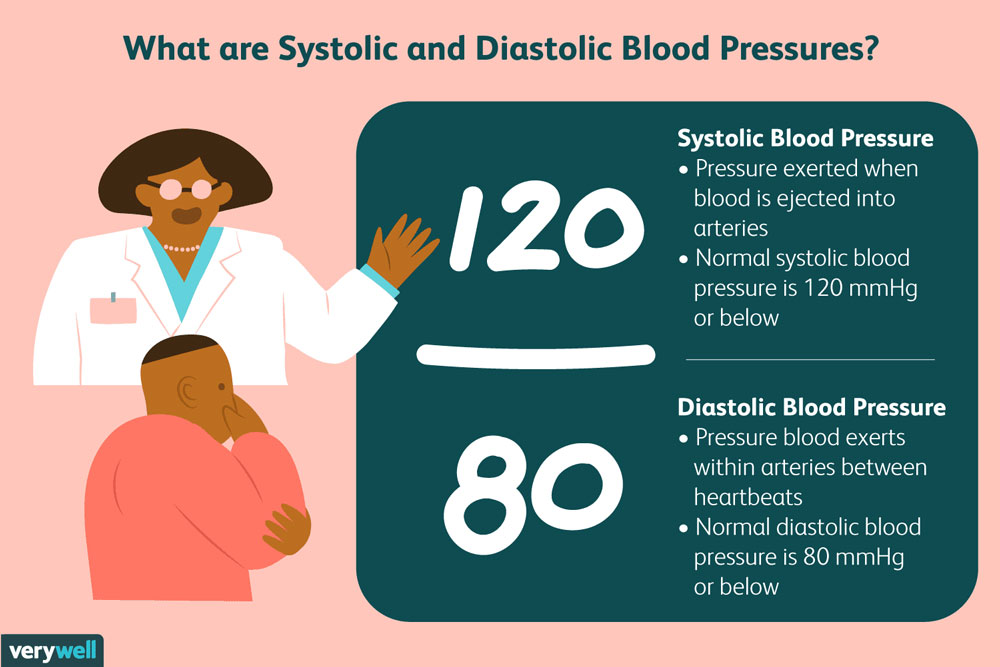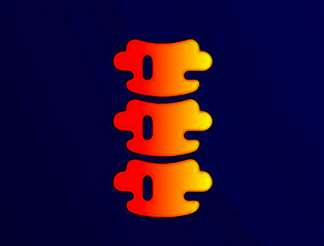Hypertension | Causes and Treatment
What is Hypertension?
Hypertension or high blood pressure is a condition in which the body’s blood vessels are consistently exposed to elevated pressures. Blood is pumped around the body by the heart and carried via blood vessels. Blood pressure (BP) is generated when blood moves through and pushes against the walls of the blood vessels. The higher the blood pressure, the harder the heart has to work in order to pump blood around the body. This is a serious medical condition, that if left untreated, can lead to brain and kidney diseases as well as cardiovascular diseases and death.
1 in 3 adult Australians have high blood pressure. The proportion of adults with high blood pressure, measured or uncontrolled, has been shown to increase with increasing age.
Clinical presentation
High blood pressure is usually asymptomatic, with most people unaware that there is a problem until an event occurs or they start to notice symptoms during later stages of disease progression. These symptoms may
include:
- Early morning headaches
- Nosebleeds
- Irregular Heart Rhythms
- Vision changes
- Buzzing in the ears
More severe cases of high blood pressure may exhibit the following symptoms:
- Fatigue
- Nausea
- Vomiting
- Confusion
- Anxiety
- Chest pain
- Muscle tremors
If left untreated, high blood pressure may lead to persistent chest pain (angina), heart attacks, heart failure and arrhythmias; which are high risk factors for sudden death.
How is Hypertension diagnosed?
The upper limit for high-normal BP is < 140/90mmHg, with the ideal pressure range being < 120/80mmHg. If your blood pressure is taken in-clinic and the reading is ≥ 140/90mmHg or hypertension is suspected, your GP will provide you with a 24-hour ambulatory blood pressure monitor, worn on the upper arm, to confirm these levels. Listed below in Figure 1 are the BP ranges and classifications according to the national Australian guidelines.
| Category | Systolic BP (mmHg) | Diastolic BP (mmHg) |
|---|---|---|
| Normal | <120 | <80 |
| High-normal | 120-139 | 80-89 |
| Grade 1 hypertension (mild) | 140-159 | 90-99 |
| Grade 2 hypertension (moderate) | 160-179 | 100-109 |
| Grade 3 hypertension (severe) | ≥180 | ≥110 |
| Isolated systolic hypertension | ≥140 | >90 |
| Isolated systolic hypertension with widened pulse pressure ≥160 ≥70 | ≥160 | ≥70 |
Note: When an individual’s systolic and diastolic BP falls into different categories, the patient is categorised according to the higher BP reading.
Figure 1: Definitions and classifications of blood pressure levels according to Australian guidelines
How to interpret your reading
There are two numbers shown in a BP reading, the top number (systolic BP) and bottom number (diastolic BP). The top number is the pressure exerted on the vessel walls during a heartbeat and the bottom number is the pressure exerted on the vessel walls between heart beats; when the heart is at rest. We should prioritise having a normotensive diastolic BP, as the heart spends more time at rest and will experience this pressure for greater periods of time compared to the systolic BP. These sustained pressures are what lead to pathological changes of the cardiovascular system.

Management of hypertension
The initial stage to achieve a reduction in BP and cardiovascular risk is lifestyle modification, addressing factors such as:
- Regular physical activity
- Weight reduction
- Reduction in overall alcohol intake
- Smoking cessation
- Dietary advice and modification
Therapeutic lifestyle changes include:
- Regular physical activity and exercise interventions
- Restriction of sedentary behaviours
- Antihypertensive therapy (medication) if required
- Weight loss
- Dietary modification
Often these changes alone are enough to elicit a positive and clinically significant change in BP, however, medication may also be prescribed in order to achieve s significant and prolonged reduction in BP levels.
Exercise guidelines
Current recommendations for adults aged 18-64 are at least 150-300 minutes per week of moderate intensity or 75-150 minutes of vigorous intensity aerobic physical activity or an equivalent combination of both moderate and vigorous intensity aerobic activity. For older adults aged 65 years and older, 30 minutes of physical activity on most days of the week is the current recommendation. Modalities may include moderate activities such as walking, cycling and house work; strength activities such as lifting weights or hard yard work or flexibility and balance activities such as tai chi, yoga and dancing. Aerobic activities should be engaged in 3-5 days per week, with strength activities on 2 or more non-consecutive days per week. Consult with your GP or exercise professional before engaging in any physical activity, especially if it is vigorous or your medical condition is unstable; for safe, appropriate and individualised guidelines tailored towards your current physical status and abilities.
| Type of exercise | Intensity | Duration | Frequency |
|---|---|---|---|
| Aerobic (endurance) Walking Cycling Jogging Running Swimming | Moderate: equal to 40—60% of VO2R or HRR, or 12—13 RPE | 30 mins | 5 days/week |
| OR | |||
| Vigorous: equal to 60—84% of VO2R or HRR, or 14—16 RPE | 20 mins | 3 days/week | |
| AND | |||
| Resistance (strength) Progressive weight training using major muscles Stair climbing Body weight exercises Theraband exercises | 8—12 repetitions resulting in substantial fatigue | One set of 8-10 exercises, aiming for multiple sets if time permits | 2 or more non-consecutive days/week |
Figure 2: Minimum exercise prescription recommendations for people with hypertension
How We Can Help?
You can always BOOK ONLINE to see one of our experienced Podiatrist and Physiotherapist or simply Call Adelaide Physio And Podiatry Clinic to schedule a time that suits you.
We’ll help you find the right solution to alleviate your pain.
